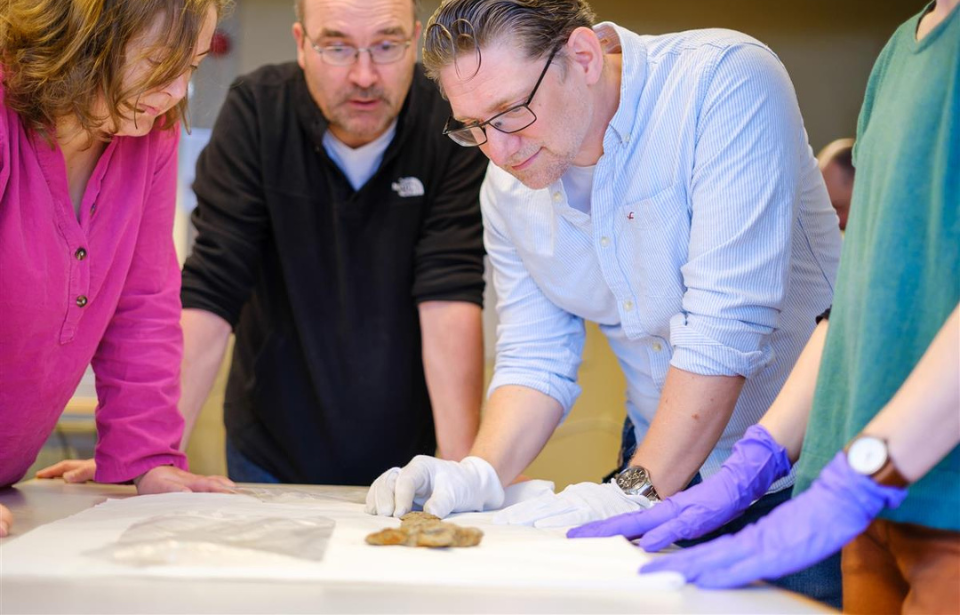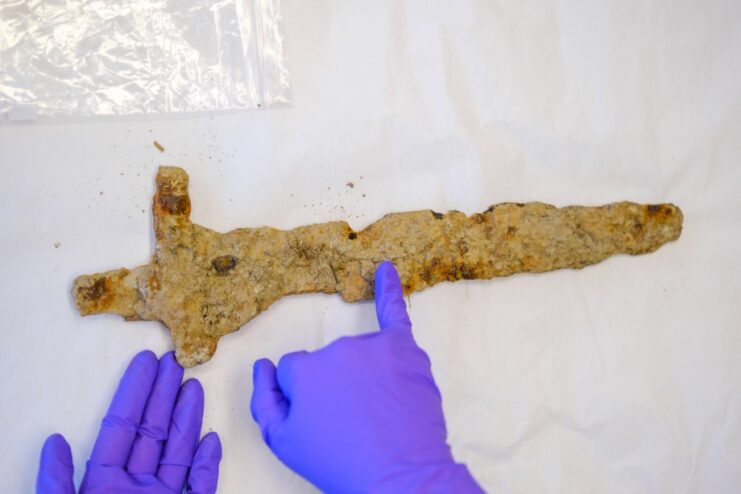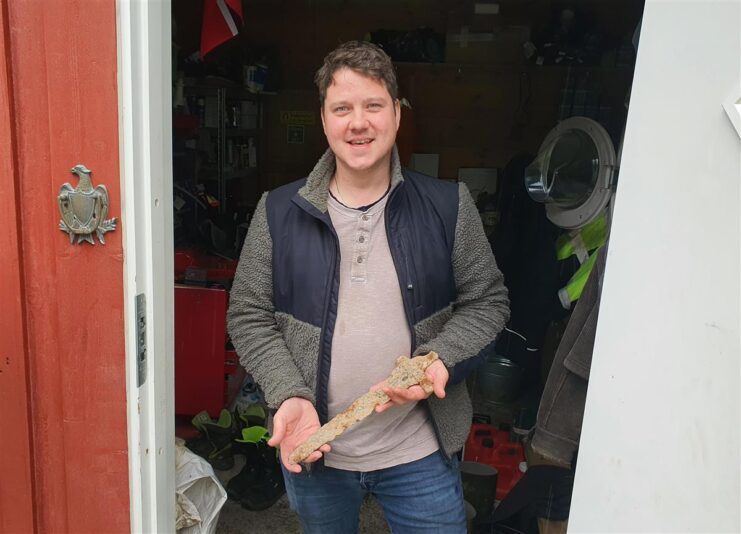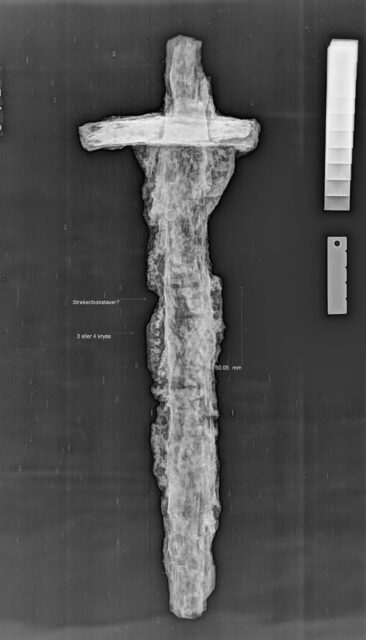Norwegian Farmer Finds 1,000-Year-Old Viking Sword in Field

A Viking Age discovery has been made in southwestern Norway. Øyvind Tveitane Lovra was picking stones in a field with his sons when he came across a 1,000-year-old sword with inscriptions that indicate it may be so rare that just under 200 have been found throughout Europe.

The field lies on property belonging to Lovra, who is a farmer, local politician and the chief ferryboat engineer of the MF Hydra. He initially thought the artifact was simply a piece of scrap metal. When he took a closer look, he realized he’d actually found an important piece of history.
Under Rogaland County law, anyone who finds “something old” must report their discovery to the local council, which forwards the specimen to the Museum of Archaeology at the University of Stavanger. Using X-ray technology, the team at the institution was able to determine the artifact was a Viking Age sword, dating back to between 900 and 1050 CE.
“I quickly realized that this was not an everyday find,” Lovra said in a statement put out by Rogaland County Municipality. “For me, it was a matter of course that I should hand it in. It’s about our history, and it’s nice to know what has been here in the past.”

According to the museum, the sword is half-missing, with the remaining section measuring around 37 cm. There appear to be inscriptions on the blade, meaning it’s likely a Ulfberht sword that dates back to Vikings or, at the latest, the early years of the Middle Ages.
“These are high-quality swords produced in the Frankish Empire (now Germany) which are marked with the weapon manufacturer’s name,” Sigmund Oehrl, a professor of archaeology at the University of Stavanger, said in a statement.
While not as preserved as artifacts discovered in other regions of Norway, the team is ecstatic about the find, as it’s the first time many of them have encountered such a unique and historically-significant items. What’s more, the discovery is extra special, as only 170 similar artifacts have been found.
According to the museum, between 3,000 and 4,000 Viking-Age swords have been unearthed in Europe.

“When we first got to see the sword, we were delighted, because it is not very often that we receive swords from the Viking Age,” Oehrl said. “When we saw the X-ray, we were really excited. That there would be an inscription on the blade, we really did not expect that.”
Lars Søgaard Sørensen, an archaeologist, added, “The fact that the sword has been lying in dense clay means that it is so well preserved.”
As to whom the sword belonged, Lova believes it came from the Vikings who sailed to Lovrafjord. “I know that the Vikings sailed into the fjord here and decorated the housewife at Lovra with fine things, including from Ireland,” he said. “I don’t ignore the fact that the chief who owned this sword is related to me.”
